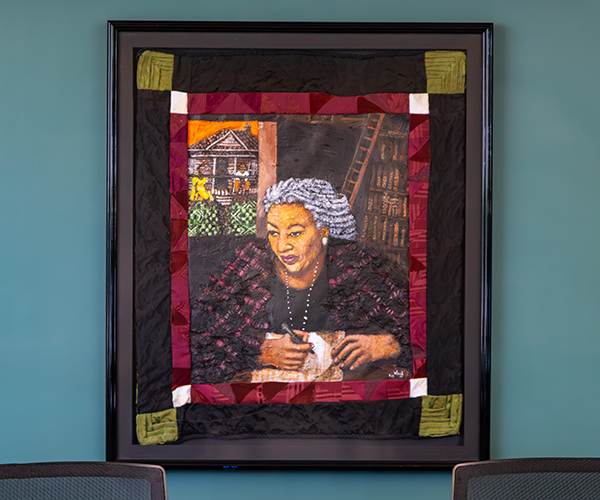Michael DeAloia has been obsessed with the city's architecture and history since he moved here as a grad student. Now, the entrepreneur and former city of Cleveland tech czar has parlayed his Cool History of Cleveland blog into the book Lost Cleveland: Seven Wonders of the Sixth City (The History Press, $19.99). It resurrects five long-gone landmarks and tells forgotten stories of two that remain: Severance Hall and the Superior Viaduct.
Q. What did you learn about Severance Hall that most Clevelanders don't know?
A. I don't think a lot of people remember the Clavilux, the color organ. It was this big organ that had lights attached to it, so as they went through different tempos of music, it would shine up different types of light. The orchestra conductor demanded the Clavilux and then immediately hated it. Severance also had a sky element to it, these fake enchanted skies they could put in. It had a radio studio built into it.
Q. What made Andrew's Folly on Millionaires' Row a folly, and what made it a wonder?
A. What made it a folly was pure human ego. Here's a cat whose partner is [John D.] Rockefeller, and gets fired by Rockefeller, and decides, I'm going to show you! I'm going to buy the plot across from you and build this egregious mansion. They needed 100 servants to manage it. They only lived in it 2 1/2 years and decided it was unworkable. It was such an architectural mistake that it becomes a wonder. It had some Greek attachments; it had some Romanesque attachments. It didn't even follow a single style.
Q. If you could go back in time and visit any of your seven wonders in its prime, where would you go?
A. I would love to see Luna Park in its heyday, 1914 to 1916. Luna Park had a surreal Dr. Seuss element to it. Most amusement parks at the time were still painted in white or industrial colors, but this was a very colorful park: peaches, pinks, roses, reds, whites. I would almost sell my soul to go to Luna Park and enjoy an afternoon there.



